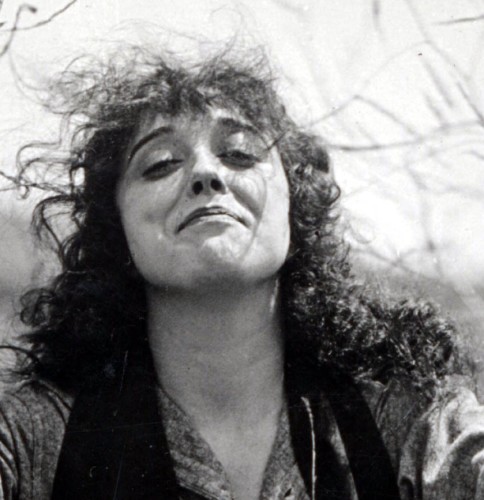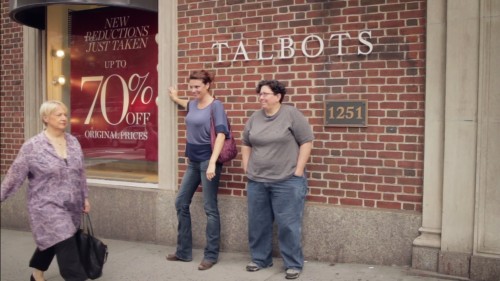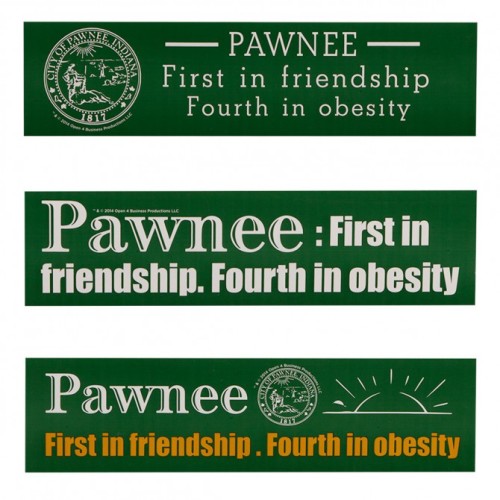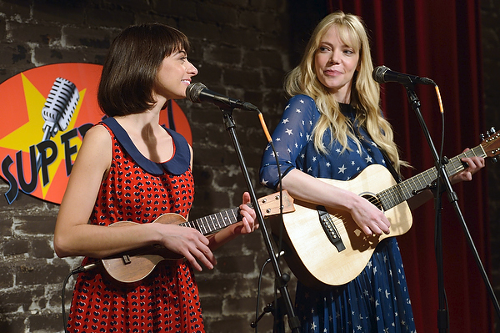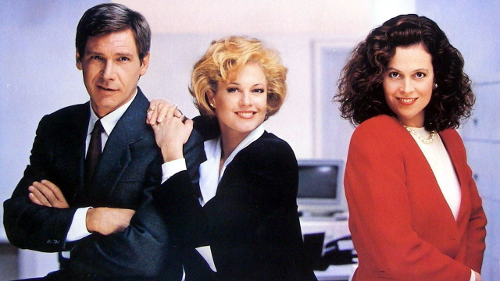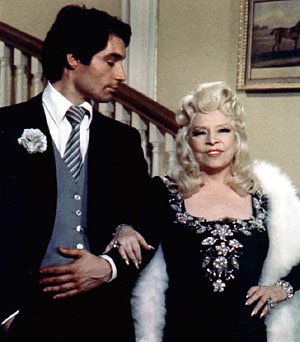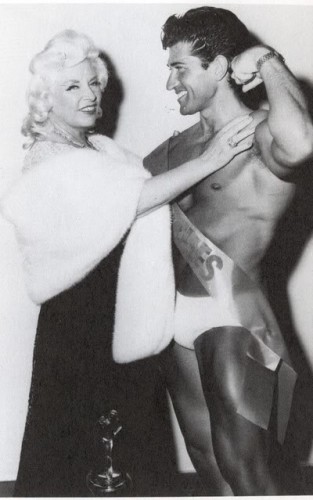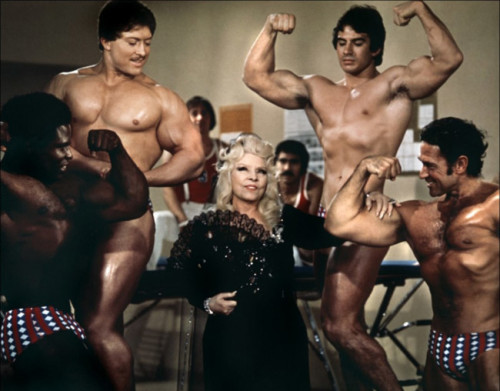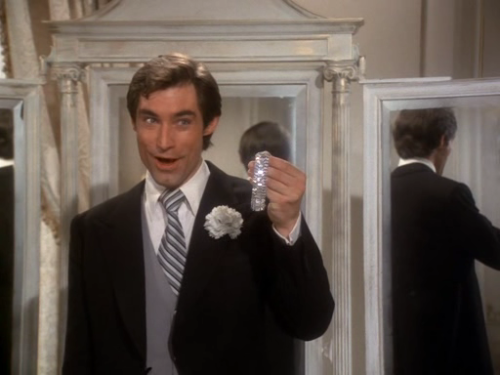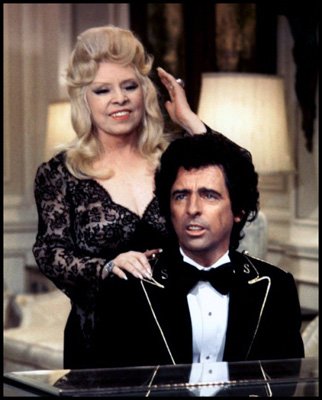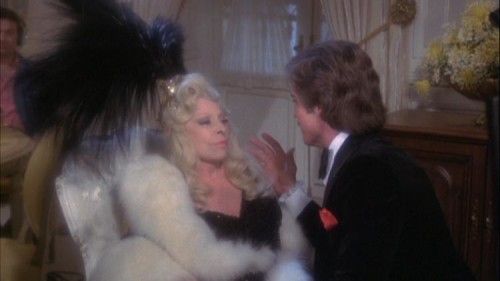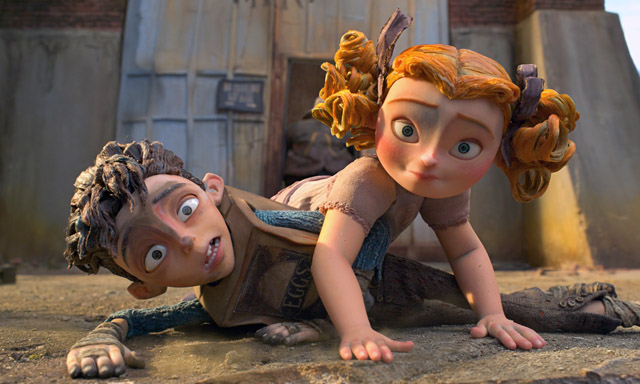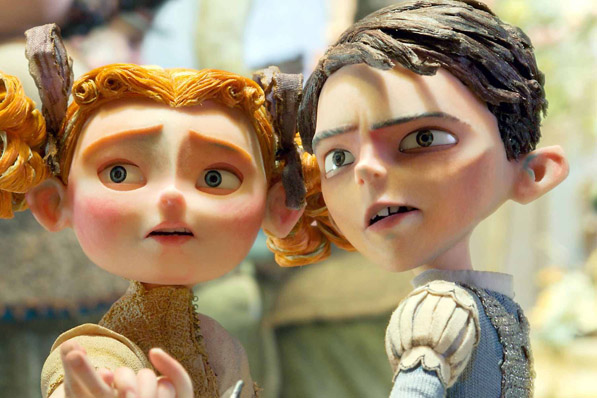Part of Vintage Viewing, exploring the work of female filmmaking pioneers.

Mabel Normand was once known as “The Queen of Comedy” and “The Female Chaplin.” Her name was featured in the title of her shorts as their star attraction, which she soon parlayed into creative control as director. Normand mentored Charlie Chaplin as well as Roscoe “Fatty” Arbuckle, who went on to mentor Buster Keaton in his turn. Mabel is, therefore, a cornerstone in the development of the American slapstick auteur, but one whose role is regularly overlooked. Her indirect connection with scandals, from Hollywood shootings to Arbuckle’s sensational trial, was used to tarnish her image and spark campaigns to ban her films, exploited by what biographer Thomas Sherman calls “behind-the-scenes Hollywood power brokers seeking to reshape the existing order.” Because of her early death in 1930 from tuberculosis, Normand is now remembered mainly through portraits by male co-workers, Mack Sennett and Charlie Chaplin, rather than her own words.
“Say anything you like, but don’t say I love to work. That sounds like Mary Pickford, that prissy bitch. Just say I like to pinch babies and twist their legs. And get drunk.” – Mabel Normand (close friend of Mary Pickford)
Normand began her career as a model and bathing beauty. In 1910, she joined D.W. Griffith’s Biograph, where she met Mack Sennett and showed potential as a serious actress in The Squaw’s Love, The Mender of Nets and The Eternal Mother. At the rival Vitagraph, she was mentored in film comedy by the duo of Flora Finch and John Bunny, saying “every fiber in my body responded to Flora Finch’s celebrated comedies.” Comedienne Ruth Stonehouse had also been on the scene since 1907, but Normand would become the first director of this cinematic comedienne pack. As Mack Sennett’s lover, Normand left Biograph for Sennett’s Keystone Film Company in 1912. In 1914, Normand began to direct shorts and starred with her protégé, Charlie Chaplin, in Tillie’s Punctured Romance, the first feature-length comedy, a fat-shaming extravaganza that nevertheless ends with solidarity between its female rivals and the rejection of their manipulative suitor. Dissatisfied with simplistic slapstick, Mabel strove for emotional authenticity, believing “if you seem to have any idea that you’re playing at something, you won’t get across” and claiming “no director ever taught me a thing.” Such naturalistic theories visibly influence the later aesthetic of Chaplin and Arbuckle. As Normand had in Mabel At The Wheel, Tamara de Lempicka would later use the image of driving to craft an icon of the empowered New Woman.

In 1915, Normand’s engagement to Sennett broke up over his affair, with Normand suffering major concussion when rival Mae Busch hit her with a vase. This marked the end of Normand’s directing career, after less than two years. A male director would surely be assessed for future promise, yet even Normand’s defender, Thomas Sherman, writes dismissively that “she never had pretensions to being a filmmaking pioneer.” Roscoe Arbuckle, however, highlighted Normand’s active collaboration, saying “Mabel alone is good for a dozen new suggestions in every picture” (see Fatty and Mabel Adrift). Of Chaplin, Normand said, “We reciprocated. I would direct Charlie in his scenes, and he would direct me in mine. We worked together in developing the comedy action, taking a basic idea and constantly adding new gags.”
More than a collaborator, Normand’s biography contradicts claims of her limited ambition. Spurred to leave Keystone in 1916 by difficult relations with Mack Sennett, Sennett lured her back by offering her her own studio. The fact that Normand swallowed her pride, for the sake of her own studio, surely indicates how important creative control was to her. She dismissed three directors before handpicking F. Richard Jones to craft her star vehicle, tomboy Cinderella story Mickey, from a scenario by Anita “Gentlemen Prefer Blondes“ Loos. Normand was involved in every aspect of production. The release of Mickey was shelved for over a year, which Sennett blamed on lukewarm responses from distributors, pushing Normand to sign a five-year contract with Samuel Goldwyn. Once released, Mabel Normand’s Mickey became the highest grossing film of 1918, only too late to save her studio.

Mabel Normand was noted for her generosity in refraining from upstaging other performers, and for her insistence on a slapstick equality in which she took a pie to the face as often as she threw one, in shorts like That Ragtime Band. She was the original “girl tied to the train tracks” in Barney Oldfield’s Race For A Life, but rescued her love interest on screen as often as she was rescued. Normand’s slapstick should be appreciated for its pioneering stunt-work as much as comedy. Mabel’s stunts included: leading a lion on a string, piloting a plane, diving off a cliff into a river, wrestling a tame bear, riding a horse bareback, jumping off a second story roof, dangling from a third story roof, being thrown from a moving vehicle, being dragged through mud on a rope, brick-throwing fights, and driving speeding race cars.
Mabel’s Strange Predicament – 1914
“I had nobody to tell me what to do. Dramatic actresses had the stage to fall back on, the sure-fire hits of theatrical history in pose and facial expression; but I had to do something that nobody had ever done before.” – Mabel Normand (showing pretensions to being a filmmaking pioneer)
The film that developed Chaplin’s Little Tramp persona, Mabel’s Strange Predicament, begins like later Chaplin films, with the pathos of the disheveled Tramp’s rejection by Mabel’s hard-hearted snob. The focus then shifts to Mabel’s own predicament, locked out of her room in pajamas and falling prey to farcically escalating sexual misunderstandings. Pajamas were considered so provocative that the film was banned in Sweden, explaining Mabel’s panic. Mabel’s own “sweetheart” almost strangles her after finding her under his friend’s bed (hiding from Chaplin’s persistent advances). Her sweetheart’s married friend reveals willingness to harass Mabel, as soon as the two are alone. A wedge is thereby driven between Mabel and Alice Davenport, who sees Mabel as sexual competition. In all this, Chaplin is utterly useless, blindly pressing his own suit. Only Mabel’s dog offers unconditional friendship. This kinship with animals would fuel many set-pieces in Mickey. Despite the film’s flippancy and happy ending, the overall impression is of a Mabel constantly stifled by the possessiveness of others.
By shifting the focus from Chaplin’s scorned heart to Mabel’s predicament, our interpretation of both characters shifts, too. Mabel begins the film as the snooty girl, but ends as the victim of exhausting demands on her affection. Conversely, Chaplin begins sympathetically as the archetypal Tramp – a whimsically drunken, lovelorn underdog – but ends as an oblivious and entitled sex pest. Most accounts agree that Chaplin was infatuated with Normand, fueling tension with Sennett. In Mabel’s Strange Predicament, we understand her beauty as a nuisance and hindrance to Mabel’s liberation, not a mere motivator for men. Perhaps the resulting unflattering impression of Chaplin explains the film’s top-rated IMDb review by Michael DeZubiria, calling it “a disappointment for Chaplin fans, but it is a curiosity piece to see what results when he works under a different, and far less talented, director.” A Cinema History, however, spotlights the skill of the “far less talented” 20-year-old Normand’s dynamic editing, keeping a tight pace with cross-cutting and short duration shots.
Suggested Soundtrack: TLC, “No Scrubz”
[youtube_sc url=”https://www.youtube.com/watch?v=I5WtaPhTMQo”]
Mabel At The Wheel – 1914
“I hated to be simply a means by which someone else was creating something.” – Mabel Normand (showing pretensions to being an auteur)
Mabel At The Wheel showcases Normand’s daring as a stuntwoman, brawling, tumbling from moving vehicles into mud, and racing cars. Its dynamic climax also shows her mastery of parallel editing, rapidly cutting between simultaneous events to build tension, a hallmark of her original mentor, D.W. Griffith. Mabel at the Wheel is the film where tensions with Chaplin exploded, with Sennett restrained from firing him only by distributors clamoring for more Chaplin pictures. IMDb’s trivia suggests that this is owing to Mabel being “quick to dismiss [Chaplin’s] own ideas for more refined comic business,” though her slapstick is visibly subtler and more naturalistic than Chaplin’s at this point. As Mabel at the Wheel itself depicts, when men fight over Mabel, it’s always Mabel who gets hit. Chaplin’s autobiography, My Life In Pictures, and Thomas Sherman both suggest the real problem was Chaplin’s inability to “countenance this girl, years younger than himself, directing him in his films,” despite Normand being his mentor in cinema. The jealous saboteur and shrieking bully that Chaplin plays in Mabel At The Wheel is therefore interesting, not only for contrasting with his later self-authored image, but for reflecting his reported behavior on set.
Chaplin never found a comic partnership to rival Mabel’s with Arbuckle, Margaret Dumont’s with Groucho Marx, Flora Finch’s with John Bunny, Lucille Ball’s with Vivian Vance or Stan Laurel’s with Oliver Hardy. He never again found, or perhaps permitted, a co-star with Mabel’s ability to rival both his physical daring and his emotional range, despite the undeniable spark this gives their interplay. A “Battle of the Sexes” angle, that debates whether Chaplin or Normand is more talented, surely misses the point: couldn’t both have grown to their fullest potential through equal collaboration? Wouldn’t Chaplin have sparked off madcap Mabel, as her naturalist theories inspired the developing emotional depth of his comedy? Wouldn’t Mabel, who had never performed comedy for a live audience, have developed discipline and sharper timing by learning from Chaplin’s years of vaudeville experience? Chaplin’s insecurity is not solely responsible for torpedoing Normand’s directing career, but his support could certainly have saved it.
Suggested Soundtrack: Lady Gaga, “Bad Romance”
[youtube_sc url=”https://www.youtube.com/watch?v=yuDqb1mp4oo”]
Mabel’s Blunder – 1914
“To make a farce heroine more than a mere doll, you must think out the situation yourself and, above all, you must pay great attention to every little detail in the scene. The little bits of business that seem insignificant are what make good comedy“ – Mabel Normand
Mabel’s Blunder, written and directed by Normand, suffers from Mabel’s lack of a really talented co-star, but further develops themes from her earlier films. As Chaplin does in Mabel’s Strange Predicament, Mabel’s boss and future father-in-law finds himself sexually harassing a man who has been substituted for Mabel, making male viewers imagine themselves as the harassed woman. Mabel’s forced smile, while harassed by her boss, pointedly contrasts with her privately expressed disgust. Normand again symbolizes her independence in Mabel’s Blunder by taking the wheel, posing as a chauffeur to spy on her cheating fiancé. Mistaken for a man, Mabel is attacked by a jealous suitor for talking to another woman, once more exploring how jealousy suffocates female freedom. Her cheating fiancé applauds the jealous suitor, exposing his double standards. The pointedness of this gender commentary is undermined, however, by a traditional happy ending in which the “other woman” is harmlessly revealed as the fiancé’s sister, while the implications of his own father’s harassing Mabel are never really confronted. All in all, Mabel’s gender reversals are not as biting as Alice Guy’s, but the two have a comparable comic perspective, a distinctive voice that was suppressed by the exclusion of female filmmakers.
Suggested Soundtrack: Yoko Ono, “What a Bastard the World Is”
[youtube_sc url=”https://www.youtube.com/watch?v=Wke_IhbulqM”]
While Lois Weber and Mabel Normand were helping to shape Hollywood’s cinematic style, back in Alice Guy’s homeland, France, Germaine Dulac was busily birthing experimental film and auteur theory. Next month’s Vintage Viewing: Germaine Dulac, Surrealist Theorist. Stay tuned!
See also on Bitch Flicks: “Smurfette Syndrome”: The Incredible True Story Of How Women Created Modern Comedy Without Being Funny
Brigit McCone performs stand-up and cabaret, writes and directs short films and radio dramas. Her hobbies include doodling and slapping sticks.
